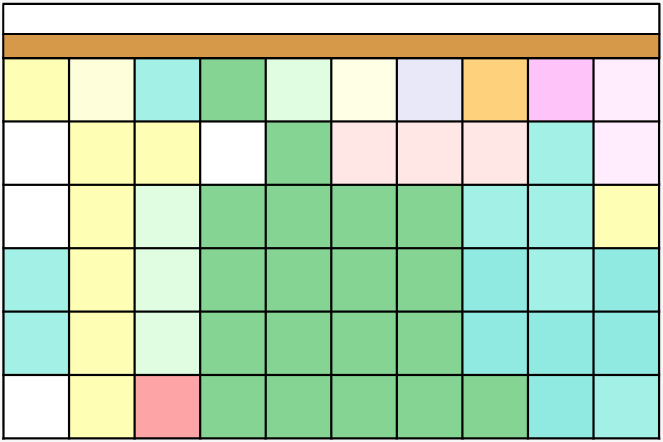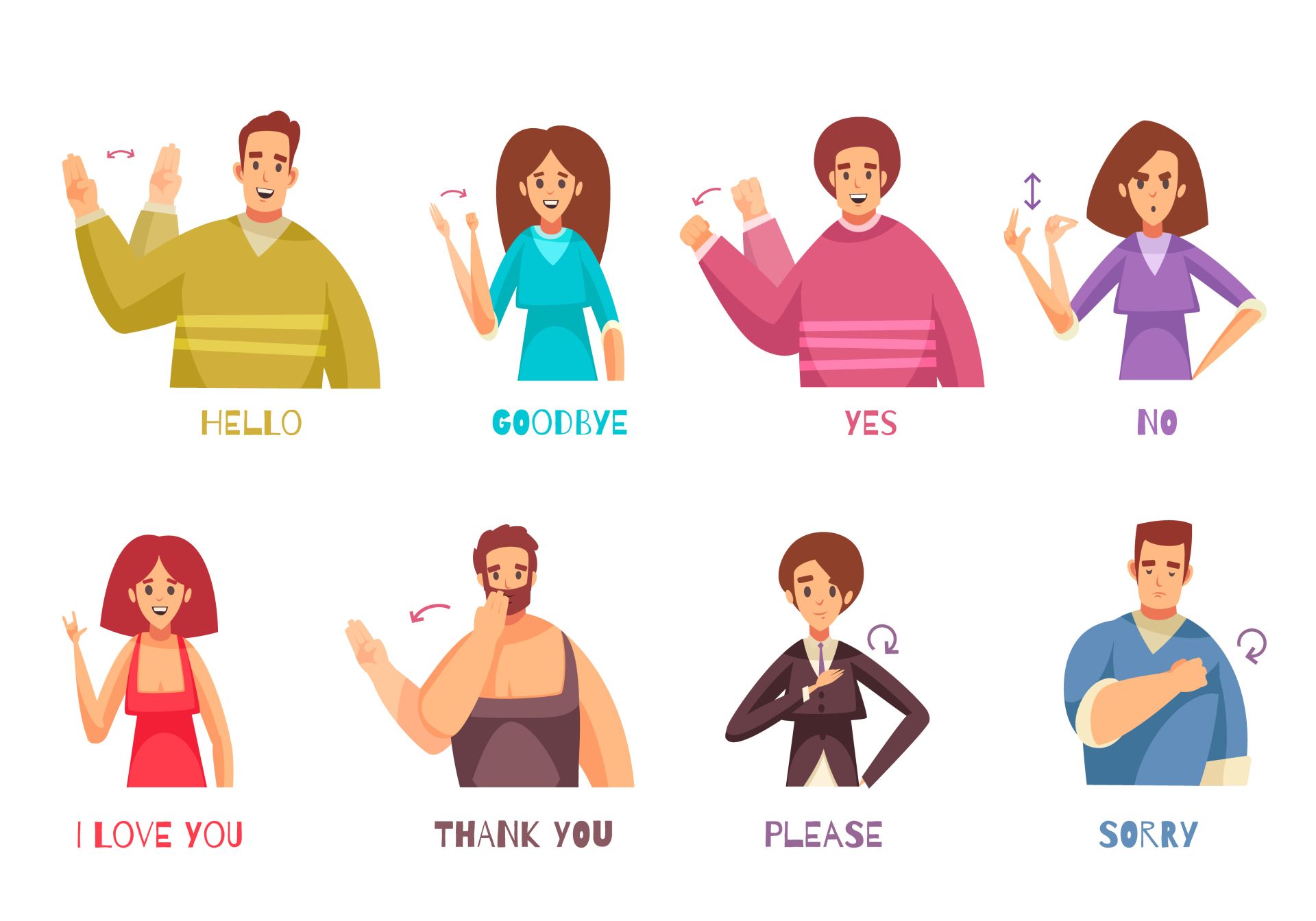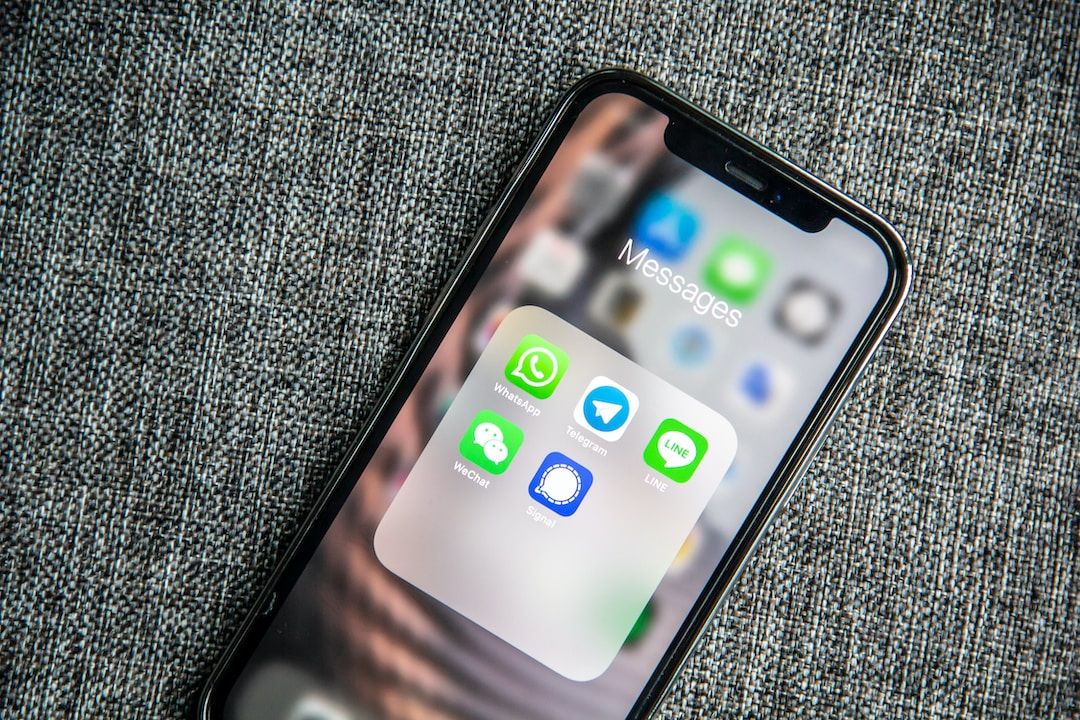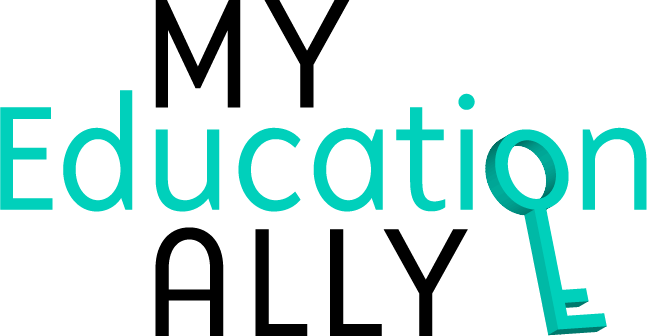How does AAC relate to AT?
Augmentative and Alternative Communication is a subset of Assistive Technology (AT). AT encompasses a broad range of tools and technologies designed to enhance the functional capabilities of individuals with disabilities. AAC specifically focuses on addressing communication challenges, which is just one aspect of the broader field of assistive technology.
The relationship between AAC and AT lies in their shared goal of empowering individuals with disabilities to participate more fully in various aspects of life. While AT includes a wide range of solutions (such as mobility aids, sensory devices, and environmental control systems), AAC is specialized in addressing communication needs.Individuals who benefit from AAC often use a combination of assistive technology devices tailored to their specific requirements. For example, someone might use a wheelchair for mobility (an AT device) along with a speech-generating device for communication (a specific type of AAC). The integration of various assistive technologies, including AAC, contributes to a more inclusive and accessible environment for individuals with diverse abilities.
The relationship between AAC and AT lies in their shared goal of empowering individuals with disabilities to participate more fully in various aspects of life. While AT includes a wide range of solutions (such as mobility aids, sensory devices, and environmental control systems), AAC is specialized in addressing communication needs.Individuals who benefit from AAC often use a combination of assistive technology devices tailored to their specific requirements. For example, someone might use a wheelchair for mobility (an AT device) along with a speech-generating device for communication (a specific type of AAC). The integration of various assistive technologies, including AAC, contributes to a more inclusive and accessible environment for individuals with diverse abilities.
AAC Tools

Communication Boards: These are physical or electronic boards with symbols or pictures representing words or phrases. Users point to or select these symbols to form sentences or convey messages.

Speech-Generating Devices (SGDs): These electronic devices produce speech output based on the user's input. Users can type messages, select pre-programmed phrases, or use other input methods to generate speech.

Symbol-Based Systems: Some individuals use symbol-based systems, such as Picture Exchange Communication System (PECS), where they exchange pictures or symbols to communicate.

Sign Language: For individuals who are deaf or hard of hearing, sign language can be a form of AAC. Sign language involves using hand gestures, facial expressions, and body language to convey meaning.

Text-to-Speech Software: This technology converts written text into spoken words, allowing individuals with difficulty in verbal expression to communicate using written language.
AAC App Examples
Proloquo2Go
